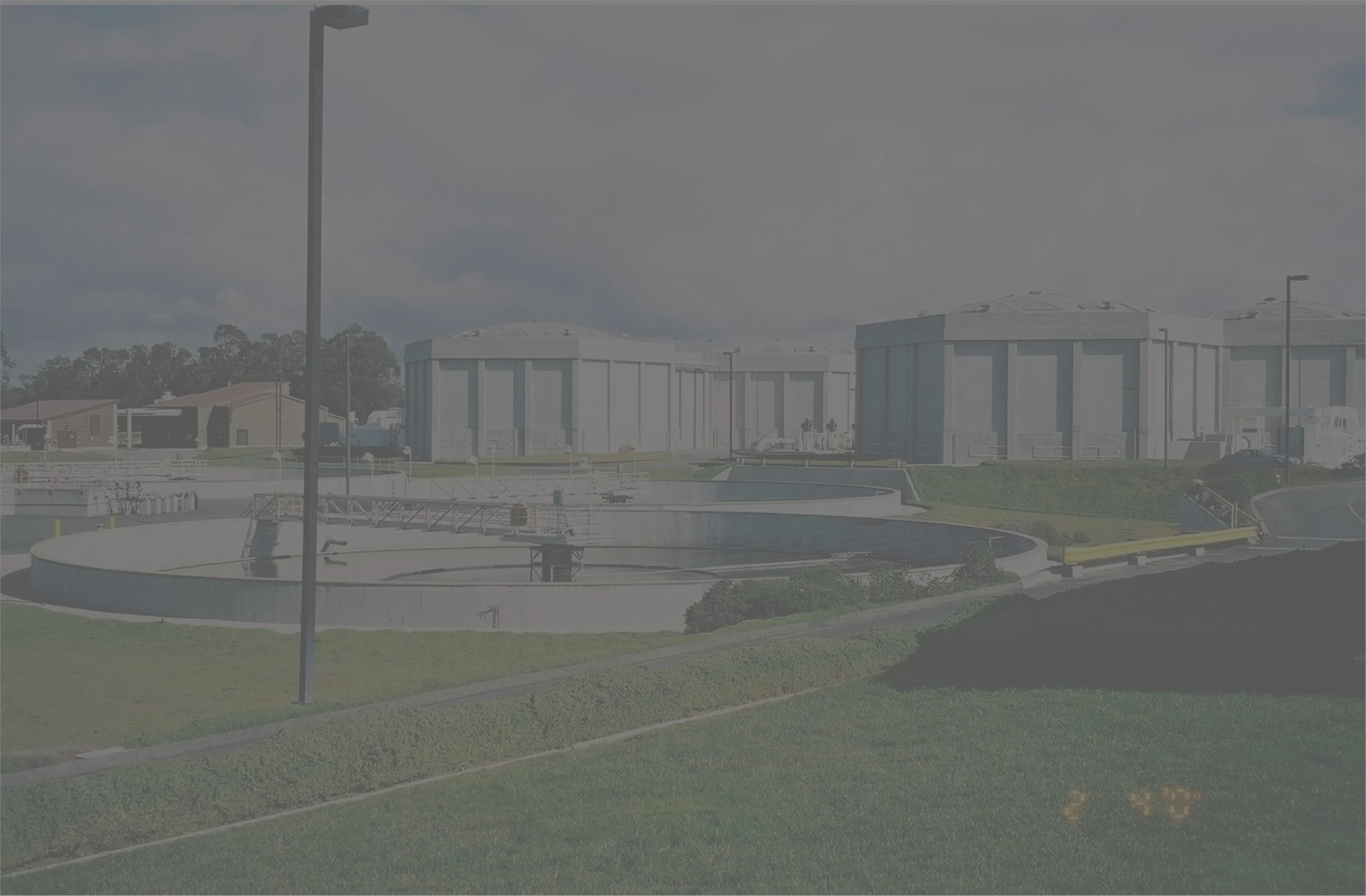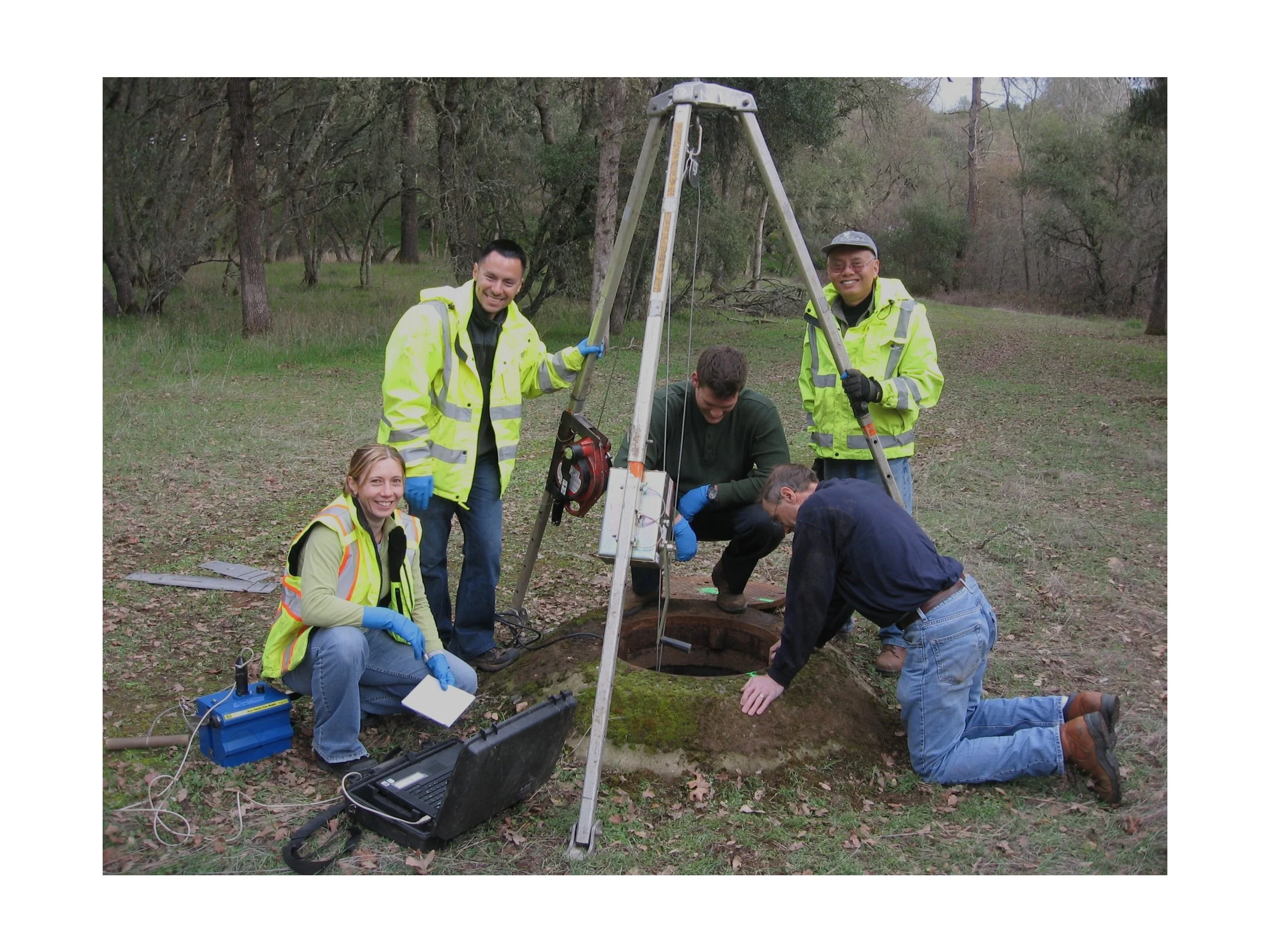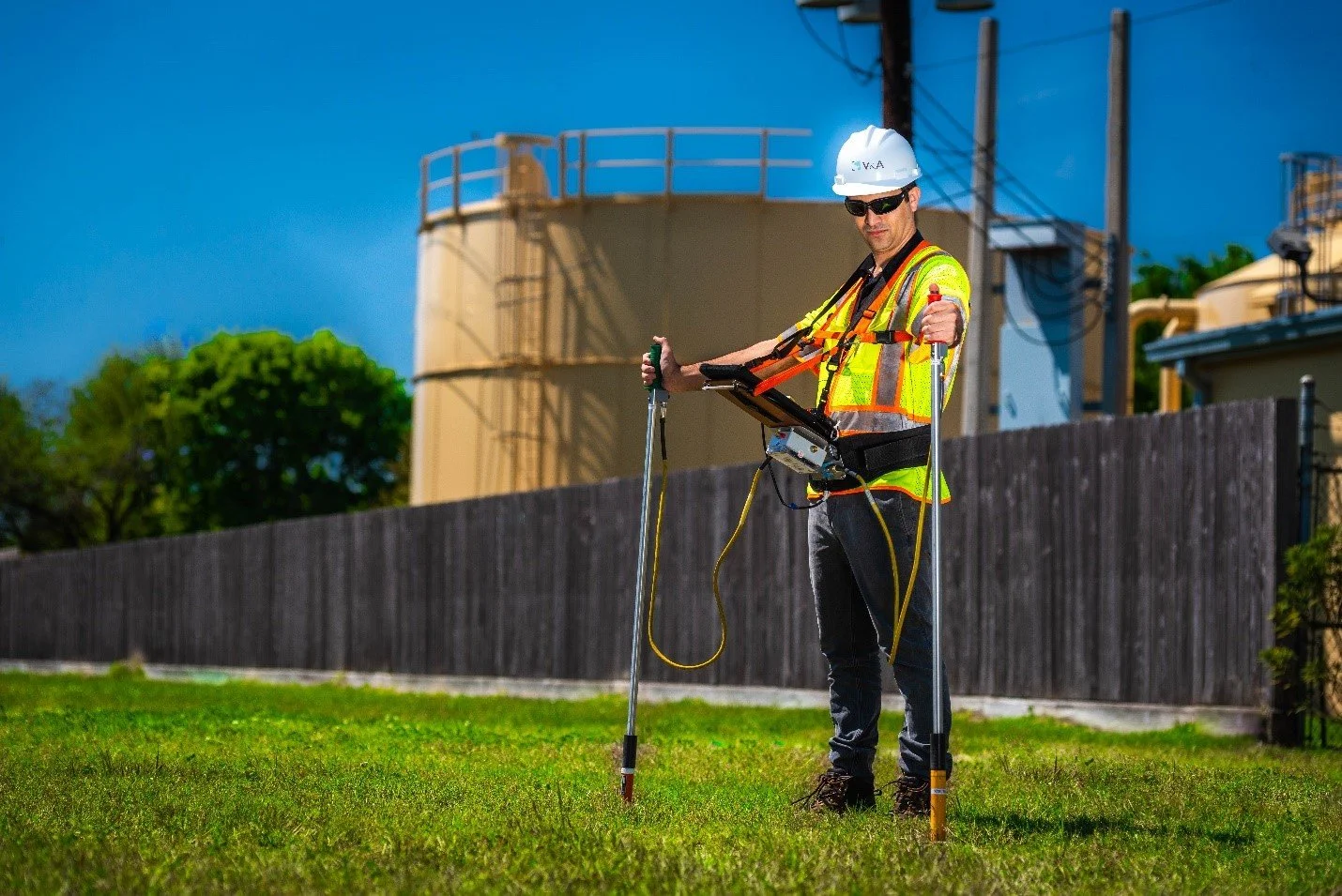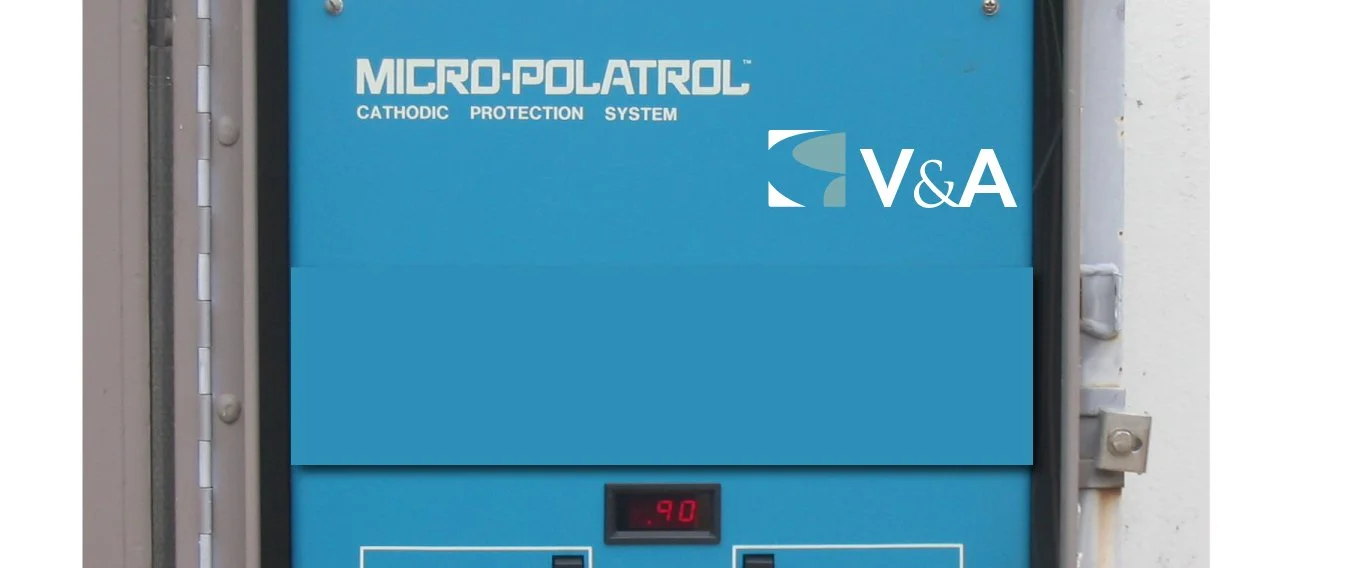One of the largest challenges the nation faces is deteriorating infrastructure. Not only is this a result of old age and natural wear and tear, but also from harsh environments that some of our infrastructure have to exist in. The deteriorating effects of these environments can be delayed and protected against simply by applying a coating or lining system. We will briefly discuss some common harsh environments that water and wastewater infrastructure must be able to survive in and that coatings and lining systems offer the first line of defense in extending and preserving their service life.
Southern California Steel Water Storage Tanks Condition Assessment
Our work takes us into spaces that are critical to our infrastructure. In this blog, V&A shares a view inside and outside of several steel potable water storage tanks located in Southern California. Take a tour with us and see inside and outside these massive steel structures. It is a view unlike any other.
Taking a Comprehensive Approach to Sewer Flow Monitoring
Collection Systems – Are you maximizing the return on your digital investments?
Collection systems have invested millions of dollars over the past decade to digitize geographic assets, work order processes, and condition assessment analyses. You have invested in GIS, CMMS and CCTV – what’s the starting point for maximizing the return on those investments? While machine learning and Artificial Intelligence get the hype and headlines, as much as 80% of any data science opportunity falls within the scope of the “data wrangling.”
What do Monty Hall, Brad Pitt, and sewer pipes have in common?
The game show "Let's Make a Deal" debuted in 1963 and was hosted for 30 years by Monty Hall. The game show was known for the crazy costumes the contestants wore and is famous in the statistics world for the "Big Deal" segment. In the Big Deal segment of the show, contestants are shown 3 numbered doors and are told about the fabulous/expensive prize behind 1 of the three doors. One of the other doors has an ok prize, and the third door typically would have a lousy prize, like a goat (the farm animal kind, not the Tom Brady kind).
Stop washing gravity main operational data down the drain!
Gathering condition data during the cleaning process engages your crew and provides data on roots, FOG and debris that can drive operational efficiencies. Data provides a foundation for analytics that can optimize the gravity main cleaning frequencies designed to minimize SSO risk from these issues.
Can Machine Learning Let Us Say “Hasta la Vista, Baby” to SSOs Someday?
Can we ever “Terminate” all SSOs at the source? Will machines and their “learning” ever be so smart that we have just-in-time maintenance preventing backups on sewer mains just BEFORE the SSO would occur? Can machine learning use detailed genetic profiles to perfectly diagnose cancer treatment, reducing cancer fatalities to zero?
Confusion about the Confusion Matrix
A few years ago, Keanu Reeves was spotted in Alameda, CA eating some ice cream. Why was he here? What kind of ice cream was it? What was he wearing? Why did the internet (or at least the internet around me) care so much?? And why do women think he’s so good looking?? I was confused. Ultimately it appears he was here because another version of “The Matrix” was in the works. Was this just my “confusion matrix?”
Smells Like Money: Quantifying Your Odor & Corrosion Risk
Inflow & Infiltration Analysis: An Important Component to Sewer Flow Monitoring Programs
Hydraulic modeling involves using a computer program to accurately predict the flow characteristics of wastewater through the pipelines of a sanitary sewer system. Weaknesses within the system are located by running simulations of design storm events (typically 5- or 10-year events) through the model to estimate the system’s reaction to increased flows due to inflow and infiltration (I/I). To calibrate the model, engineers use flow data collected from strategic locations within the collection system.
What is the difference between a cathodic protection system and a corrosion monitoring system?
What is Cathodic Protection (CP) and how does it protect infrastructure?
Cathodic protection is a method of corrosion control that uses an external anode as a current source to impress direct current through the soil onto a metallic structure or pipeline. CP mitigates the flow of corrosion currents that occur when a pipeline is installed in corrosive soil. The pipeline is made more electronegative with respect to the soil, and the pipeline becomes the cathode in the corrosion cell. The current flows along the pipeline to the drain wire to complete the circuit.
Cathodic Protection (CP) Testing Methods for Pipelines
A cathodic protection (CP) system is only protecting your pipeline if it is working properly, and you only know if it is working properly if you test it. At minimum, CP systems should be surveyed annually, and the rectifiers used in impressed current CP systems should be checked bi-monthly. Additional special testing may be required depending on the survey results











